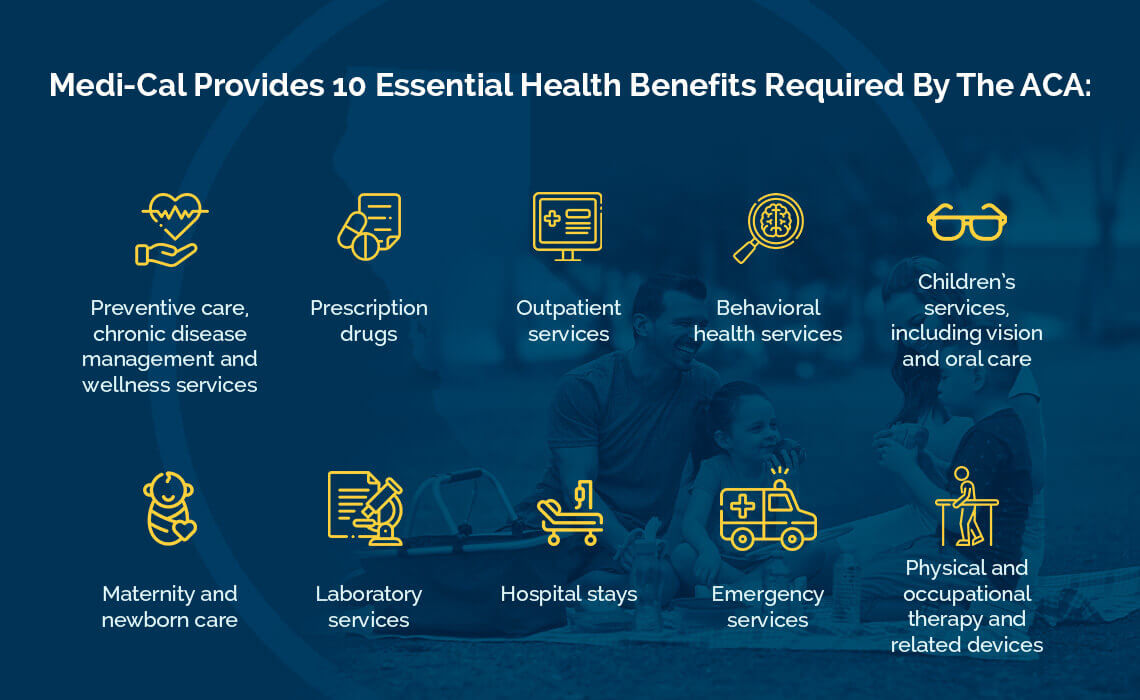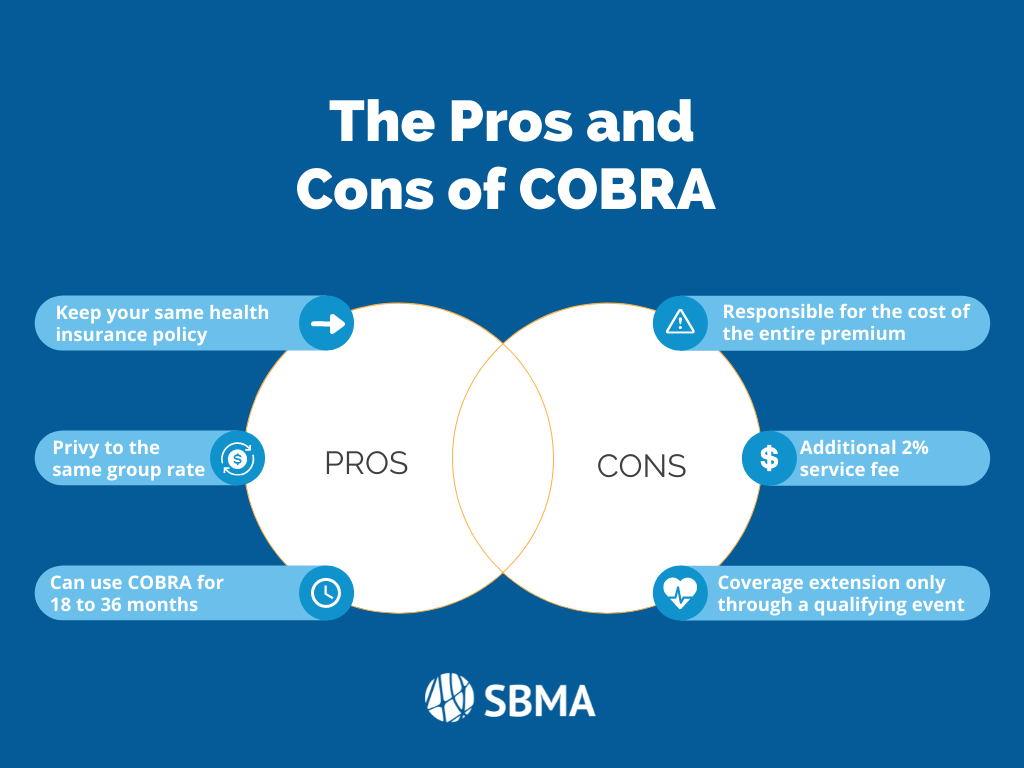The Buzz on Medicare Advantage Agent
Table of ContentsIndicators on Medicare Advantage Agent You Should KnowTop Guidelines Of Medicare Advantage AgentThe smart Trick of Medicare Advantage Agent That Nobody is Discussing

adheres to from puzzling the relatively young age account of the uninsured with the far better health, typically, of younger individuals. This obscures the web link between wellness condition and health insurance. For those without access to work environment health insurance coverage, poor health and wellness is a potential barrier to acquiring nongroup insurance coverage because such protection may be highly priced, exclude preexisting conditions, or be merely not available. The variety of uninsured Americans is not especially big and has actually not changed in current years. Seven out of 10 participants in an across the country depictive survey assumed that less Americans did not have medical insurance than in fact do(Fronstin, 1998). Roughly fifty percent(47 percent )believed that the variety of people without medical insurance decreased or continued to be continuous over the latter half of the last decade(Blendon et al., 1999). This drop of almost 2 million in the variety of individuals 'without insurance coverage (a decrease
of about 4 percent)is absolutely a favorable change. With a softer economic situation in 2000 the current reported gains in insurance policy protection might not continue(Fronstin, 2001 ). The decrease in the number of uninsured will not proceed if the economy stays slow-moving and healthcare costs remain to outpace rising cost of living. This is due to the fact that the information were accumulated for a duration of solid financial efficiency. Of the estimated 42 million individuals that were uninsured, almost about 420,000(about 1 percent)were under 65 years of age, the age at which most Americans become qualified for Medicare; 32 million were grownups in between ages 18 and 65, around 19 percent of all adults in this age; and 10 million were kids under 18 years of age, about 13.9 percent of all children (Mills, 2000). These quotes of the number of persons uninsured are created from the yearly March Supplement to the Existing Population Survey (CPS), conducted by the Demographics Bureau. Unless or else noted, national price quotes of individuals without wellness insurance coverage and proportions of the population with various type of protection are based on the CPS, one of the most commonly used resource of price quotes of insurance policy protection and uninsurance rates. These studies and the price quotes they generate are described briefly in Table B. 1 in Appendix B - Medicare Advantage Agent. These studies differ in size and tasting methods, the questions that are asked concerning insurance coverage
Things about Medicare Advantage Agent
coverage, and the time duration over which insurance policy coverage or uninsurance is determined(Lewis et al., 1998, Fronstin, 2000a ). Still, the CPS is especially beneficial because it creates yearly estimates fairly promptly, reporting the previous year's insurance coverage approximates each September, and due to the fact that it is the basis for a consistent set of estimates for greater than twenty years, permitting analysis of patterns in insurance coverage over time.

Excitement About Medicare Advantage Agent
The relationship between health insurance policy and accessibility to care is well developed, as recorded later on in this chapter. The partnership between wellness insurance policy and health results is neither direct neither easy, a substantial clinical and health and wellness solutions research literary works links health and wellness insurance policy protection
to improved better accessibility care, better much betterHigh quality and click for source improved enhanced individual population populace health and wellnessStanding The second record, on individual wellness results for uninsured adults, is stood for by the inner circle of the figure, while the 3rd record, on household well-being, encompasses the topics of the 2nd record yet stresses a various device of analysis, namely, the family.
In addition, it focuses especially on those with no medical insurance for any size of time. The problems dealt with by the underinsured remain in some aspects similar to those encountered by the without insurance, although they are generally less extreme. Uninsurance and underinsurance, however, entail noticeably different policy issues, and the methods for resolving them might vary. Throughout this research and the 5 reports to adhere to, the major focus gets on persons without medical insurance and thus no help in paying for healthcare beyond what is available via charity and safeguard establishments. Health insurance is a powerful aspect influencing receipt of care because both individuals and doctors reply to the out-of-pocket cost of solutions. Health insurance, however, is neither required neither adequate to get to clinical solutions. The independent and straight result of health
insurance coverage protection access to health health and wellness is well establishedDeveloped Others will acquire the health treatment they need also without medical insurance, by spending for it out of pocket or seeking it from service providers that offer treatment free or at extremely subsidized prices. For still others, health insurance policy alone does not ensure invoice of care due to other nonfinancial barriers, such as a lack of healthcare providers in their community, limited access to transport, illiteracy, or etymological and cultural differences. Official study about uninsured populaces in the USA dates to the late 1920s and early 1930s when the Committee on the Price of Medical Care created a series of records concerning financing physician office sees and hospital stays. This issue became prominent as the numbers of clinically indigent climbed up throughout the Great Anxiety. Empirical studies continually sustain the web link in between accessibility to care and enhanced wellness end results(Bindman et al., 1995; Starfield, 1995 ). Having a normal resource of treatment can be considered a forecaster of accessibility, instead of a direct procedure of it, when wellness end results are themselves utilized as access indicators. This extension get redirected here of the notion of gain access to measurement was made by the IOM Board on Keeping An Eye On Gain Access To to Personal Healthcare Provider(Millman, 1993, p. Whether or not parents are insured appears to affect whether their youngsters get treatment in addition to how much careeven if the children themselves have insurance coverage(Hanson, 1998). The wellness of moms and dads can affect their ability to care for their youngsters and the degree of household tension. Bothering with their youngsters's access to care is itself a resource of tension for moms and dads. 3 chapters follow in this record. Phase 2 offers an overview of exactly how employment-based health and wellness insurance, public programs and individual insurance coverage run and engage to offer extensive yet incomplete coverage of the U.S. populace. This consists of a review of historic trends and public plans impacting both public and exclusive insurance coverage, a discussion of the interactions amongst the different kinds of insurance policy, and an assessment of why individuals relocate from one program to one more or wind up
